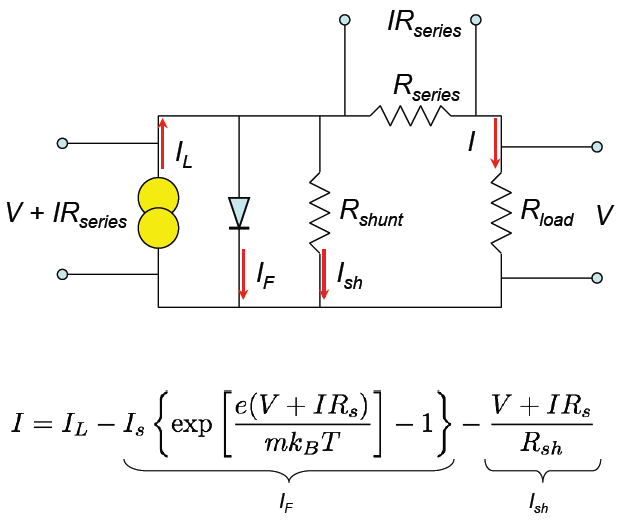It is quite well known fact that installing a solar system at your home requires a large initial investment. But it is also known that solar panels have a typical life period of 25 years. Other equipment used in a solar system such as batteries, charge controllers and inverters have a shorter life span and may need to be replaced every 2-4 years. In this article we try to calculate the payback time of a simple solar system that uses all its energy in real time converting DC voltage produced by the solar panel to AC voltage through an inverter.
Let us assume that our load requirement is 500 W and we have 5 solar panels of 100 W each. We next assume that we have an inverter also rated at 500 W. Let us further assume that the solar panels receives peak sunshine for 6 hours daily (this is called Peak Sun Hours and is quite complicated to explain in this brief article). Therefore the total energy produced during a 24 hour period is
500 W x 6 hr = 3000 Whr = 3 kWhr
In one month the solar panel would produce
3 kWhr x 30 = 90 kWhr or 90 units of energy
Now assuming that a unit of energy is sold to you at Rs. 15 (including all the taxes and surcharges) the total savings per month are
90 units x Rs. 15/unit = Rs. 1350
Now let us look at the investment we made in the solar system. Solar panels are widely available in the local market for Rs.100/watt. This results in Rs. 50,000 investment in solar panels. An additional Rs. 10,000 are spent in the inverter. So the total cost of the solar system is Rs. 60,000.
So the payback time of this solar system is
60,000 / 1350 = 45 months or 3.75 years
This is highly encouraging because all your investment is recovered in less than 4 years and you have 21 years of free energy from your solar system.
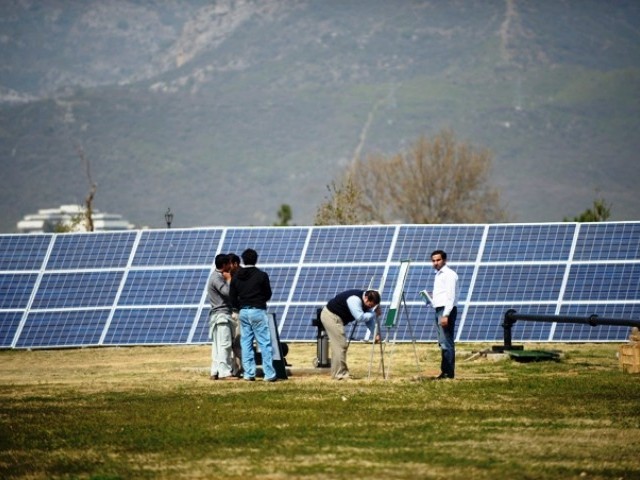
Solar Payback Time in Pakistan is about 4 Years
Note:
1. The above analysis is also valid for grid tied systems where the energy is sold to the grid during the off peak hours (day time) and bought from the grid during peak hours (evening, night time).
2. A real system would also need some batteries to provide backup when there is a power shut down and solar energy is also not available.
3. Although solar system is expected to have 25 years of life, it will not operate at 100% throughout this life period e.g. it might be operating at only 80% after 20 years.

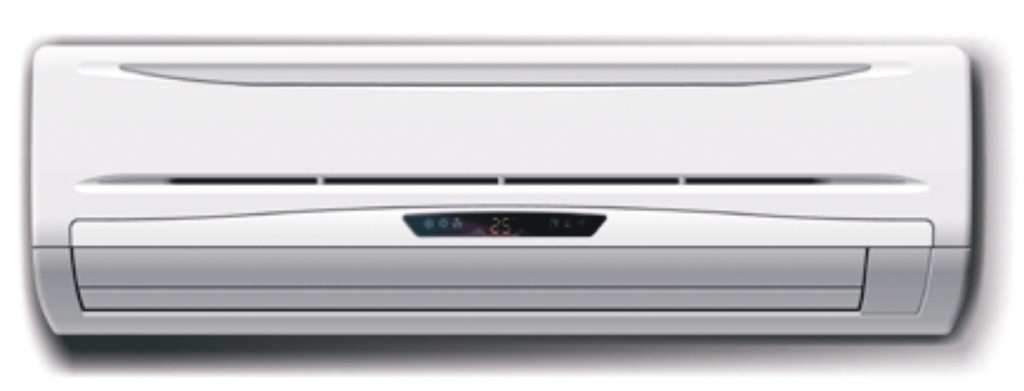



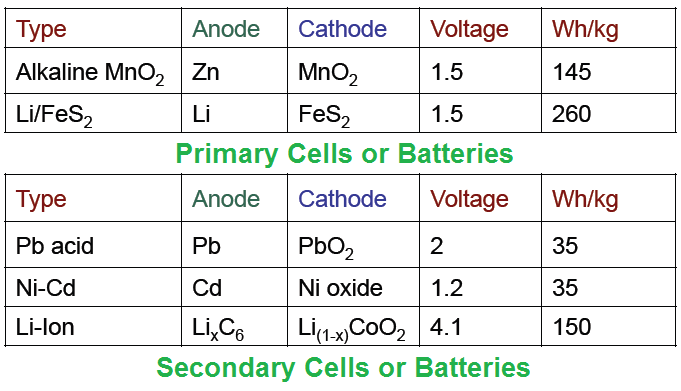

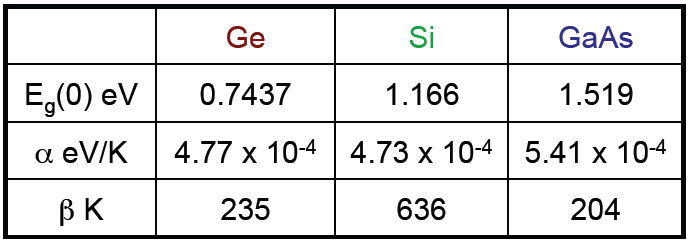
![V_{oc} = \genfrac{}{}{1}{0}{k_{B} T}{e} ln \biggl[1+\genfrac{}{}{1}{0}{J_{L}}{J_{s}}\biggr]](http://24solarhome.com/wp-content/plugins/latex/cache/tex_3ea87d6fa688d693a2bc180dce8479a1.gif)








